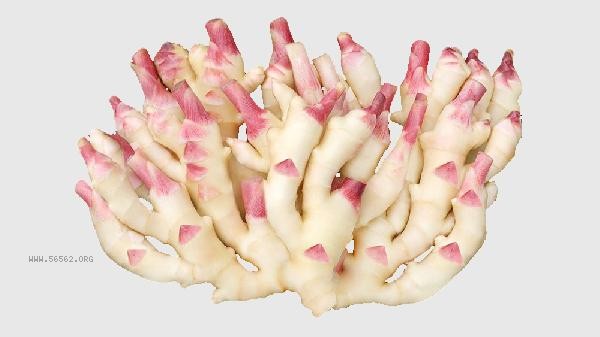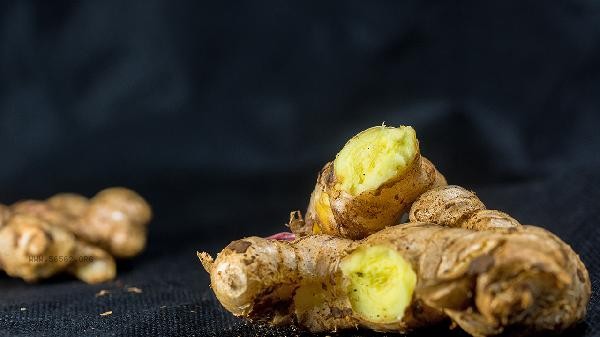Rotten ginger may still contain toxins after cooking and is not recommended for consumption. After ginger rots, harmful substances such as safrole are produced, and high-temperature cooking is difficult to completely destroy its toxicity. Ginger can breed mold and produce safrole during the decay process, a toxin with high temperature resistance. Ordinary cooking temperature cannot effectively decompose safrole, which may irritate the gastrointestinal mucosa and cause discomfort symptoms such as nausea and vomiting after consumption. Long term intake may also cause damage to the liver. Even if the rotten part is removed, the remaining part may still be contaminated by mold, posing a food safety hazard. If fresh ginger rots locally, its internal tissues may have been contaminated by mold through the duct system. The toxicity of safrole can remain stable at 100 degrees Celsius, and conventional steaming or stir frying cannot reach the temperature required to decompose the toxin. Some people mistakenly believe that high temperatures can kill bacteria and toxins, but in reality, the secondary metabolites produced by fungi are difficult to eliminate through heating.

When purchasing ginger in daily life, fresh products with intact skin and firm texture should be selected, and dry and ventilated storage should be maintained. If ginger becomes soft, moldy, or emits an unpleasant odor, it should be discarded immediately. It is recommended to store ginger in a cool place or refrigerated to avoid mixing with other fruits and vegetables. Before cooking, carefully check the condition of the ingredients to ensure food safety and nutritional health.










Comments (0)
Leave a Comment
No comments yet
Be the first to share your thoughts!